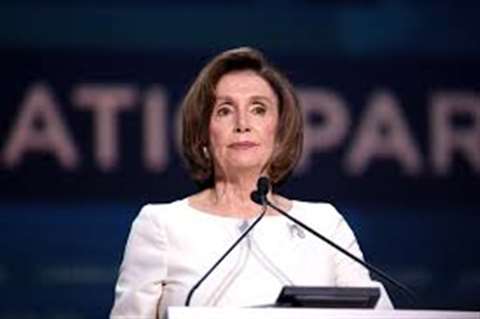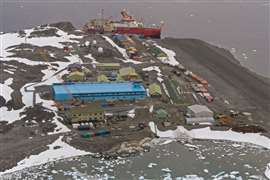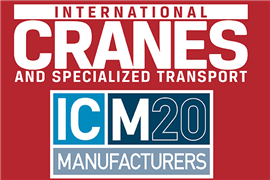US Democrats up the ante on infrastructure
19 June 2020
US House Democrats have introduced a US$1.5 trillion infrastructure plan calling for a massive increase in federal funding to repair roads, bridges, and schools while expanding broadband access in rural areas.

Known as the Moving Forward Act, the bill dedicates US$300 billion to build and fix roads and bridges, US$100 billion for low-income schools, and US$100 billion for transit projects — but offers no details on how the programs will be paid for, according to reports.
The bill is set to be voted on before 4 July. Meanwhile, the Trump Administration considers its own infrastructure proposal.
The House plan provides US$100 billion for housing, US$100 billion to expand broadband service, US$25 billion for clean drinking water and wastewater infrastructure, and US$100 billion for public housing.
A major aspect of the bill is investing “in programs, projects and materials that emphasise resiliency while reducing carbon pollution from the transportation sector,” according to Forbes. Some speculate this could serve as a major roadblock to the bill moving forward with Republicans in the majority in Congress.
“The Republicans have been a bit critical at points during the markup and saying this is the Green New Deal 2.0,” Rep. Peter DeFazio, who is the chairman of the House Transportation and Infrastructure Committee, was quoted as saying. “This is the application of the principles of the Green New Deal.”
Democrats described the bill as the biggest legislative effort to fight climate change, with Speaker Nancy Pelosi quoted in a report by The Hill as saying the package would “make real the promise of building infrastructure in a green and resilient way.
She added that, “It’s job-creating in its essence, but it’s also commerce-promoting. So it grows the economy of our country.”
The Moving Forward Act is the latest attempt to invest in the nation’s aging infrastructure. The House introduced a US$760 billion plan earlier this year, but it failed to gain traction.
STAY CONNECTED


Receive the information you need when you need it through our world-leading magazines, newsletters and daily briefings.
CONNECT WITH THE TEAM











